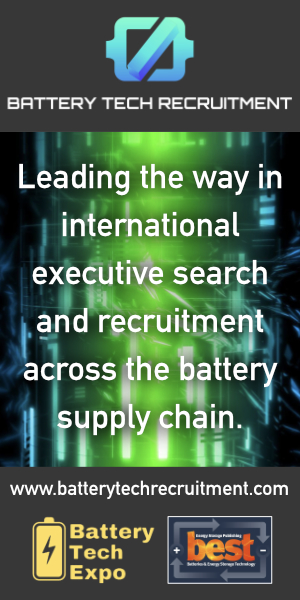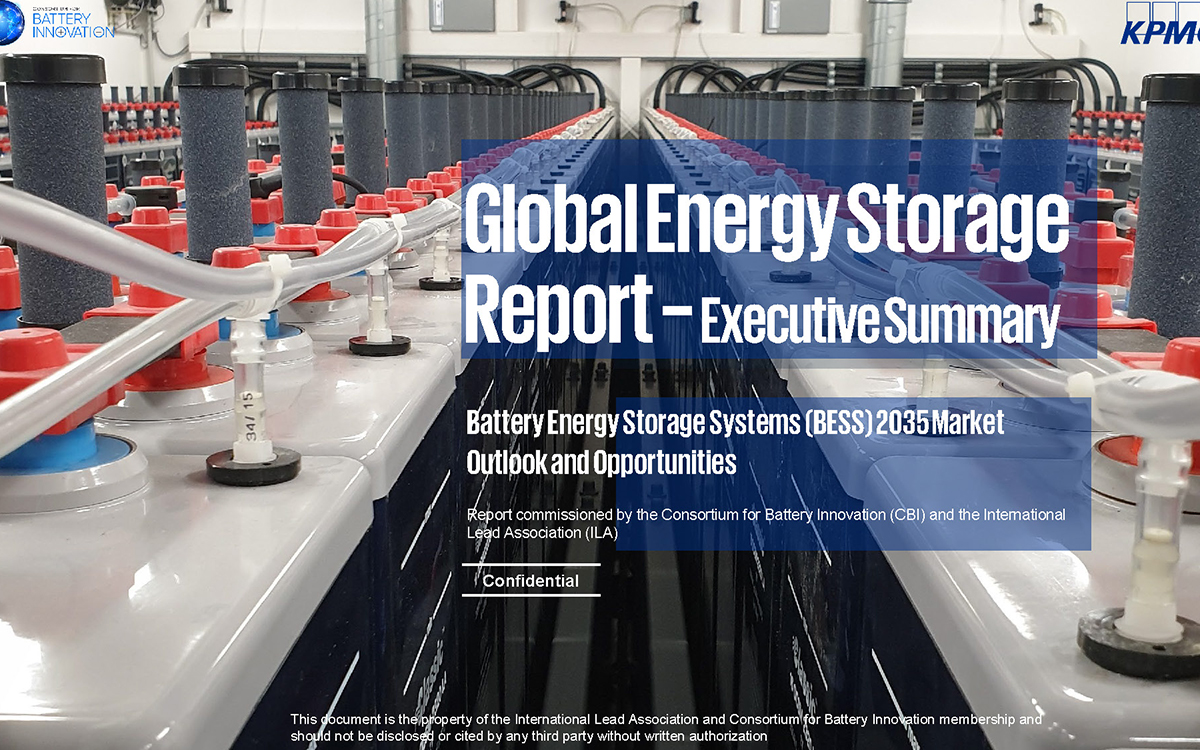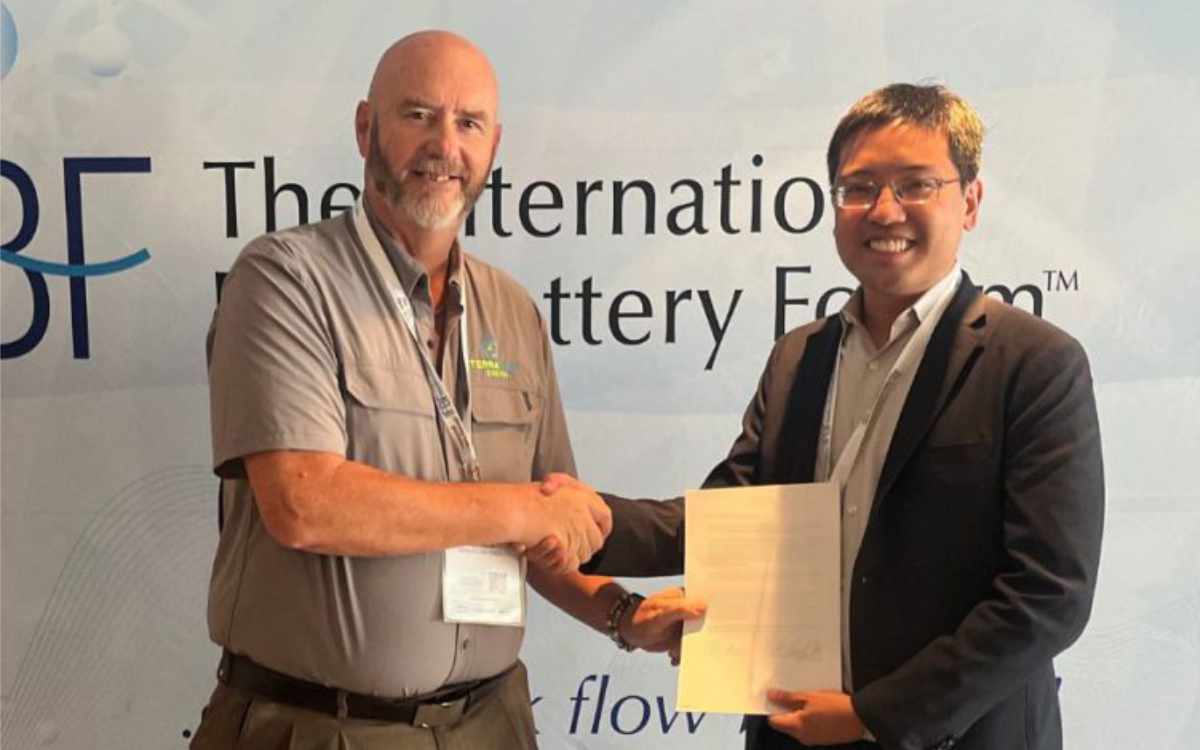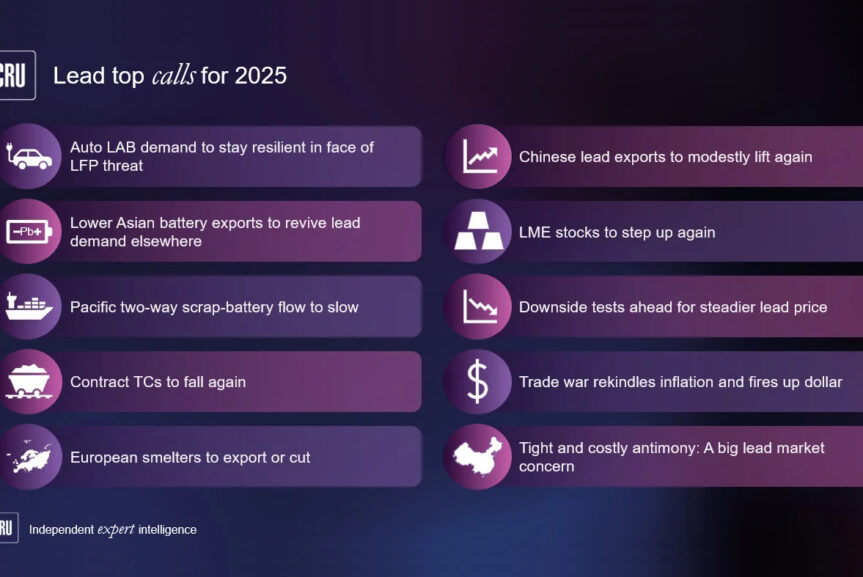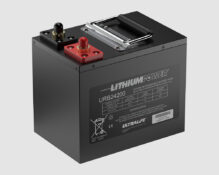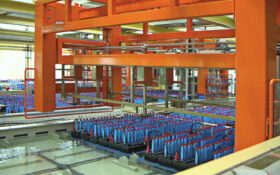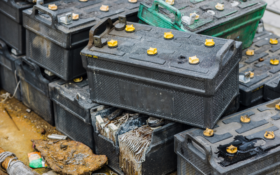As the numbers of microhybrid cars rolling off Europe's car assembly lines rise, battery makers and the supply industry gathered in Turkey to learn what the long awaited change in propulsion will mean for them. Editor Gerry Woolf reflects on three days of discussions.
There was something real and immediate for lead-acid battery makers to consider at this year's lead industry's biennial gathering in Turkey (12ELBC), though the fact is quite a few of them have been considering it for some while.
The impact of microhybridisation, which I've banged on . . .
to continue reading this article...
Sign up to any Premium subscription to continue reading
To read this article, and get access to all the Premium content on bestmag.co.uk, sign up for a Premium subscription.
view subscription optionsAlready Subscribed? Log In


